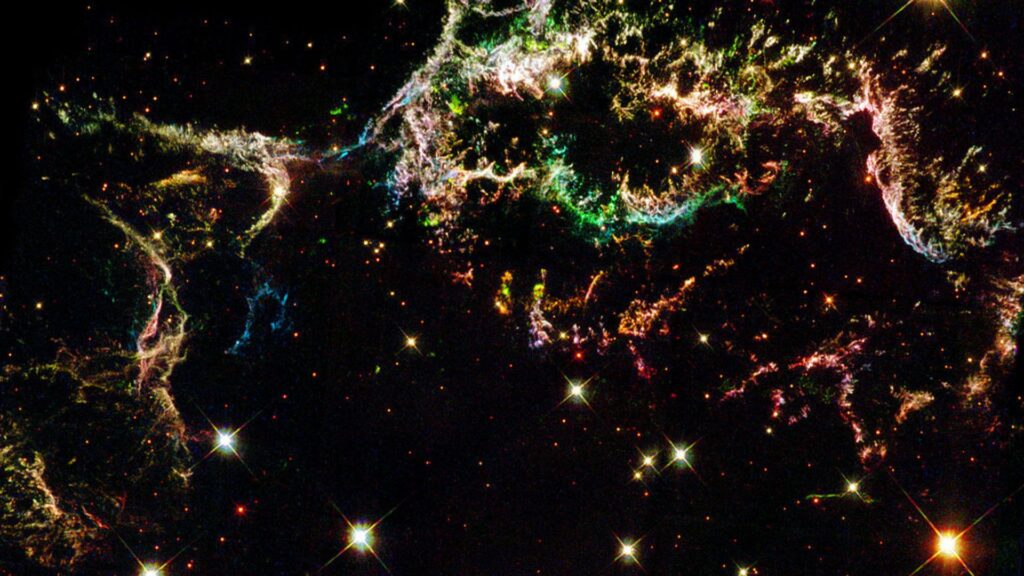The Dyson sphere is a piece of super-advanced, theoretical technology that walks the boundary of science fiction. This doesn’t mean that it hasn’t captured the imagination of legitimate research scientists for decades.
Scientists believe there may be Dyson spheres out there in our galaxy, having identified at least seven stars in the Milky Way where these megastructures could be built.
What Is a Dyson Sphere?
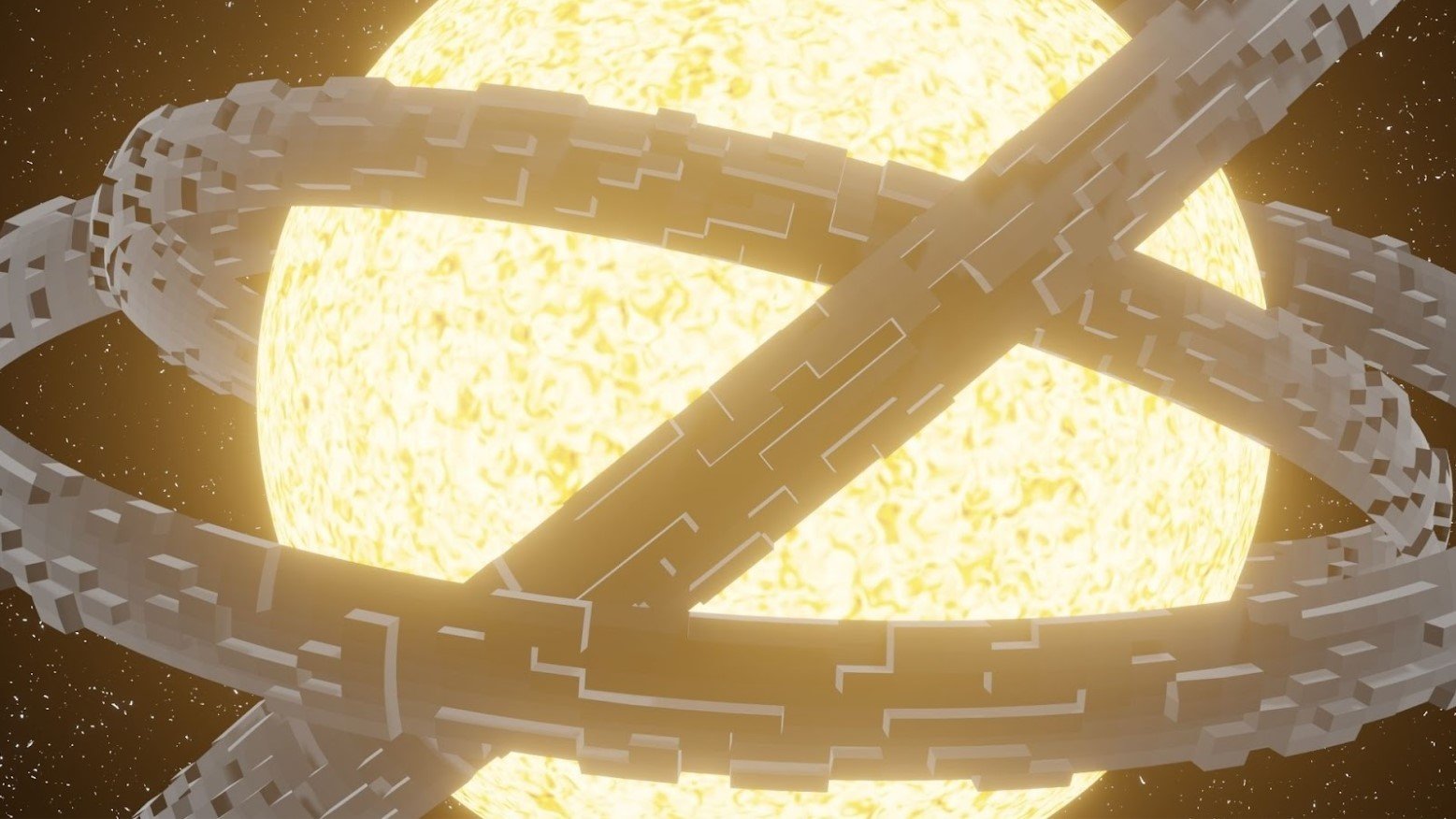
The idea of a Dyson sphere has been around since the 1960s. Quantum physicist Freeman Dyson first put forward the basic concept that would evolve into the idea of the modern Dyson sphere in an article concerning artificial sources of infrared radiation in space.
He theorized that such artificial radiation sources could indicate the existence of alien life. One potential source for such artificial radiation was a hypothetical megastructure around a star that would absorb heat and energy from the star and then re-radiate waste energy out into space.
What Does a Dyson Sphere Do?

Dyson’s belief was that as a sufficiently advanced alien civilization grew and developed, its need for space and energy would grow massively. This is something we can see with our own civilization.
Dyson’s idea was that such alien civilizations would look to try and use all the power radiating from the star in their solar system to meet their needs. His theoretical shell of structures around the star would be able to absorb and exploit huge amounts of solar energy. The star-facing surfaces of these structures would also be habitable, solving power and space issues in one go.
The Dyson Sphere in Popular Culture

The idea of massive structures in space harnessing the power of the sun has been a science fiction staple since Olaf Stapledon’s 1937 novel “Star Maker.” Indeed, Dyson acknowledges this work of fiction as influencing his thinking. Since Dyson put forward his theory, Dyson spheres have proliferated throughout science fiction and pop culture.
A Dyson sphere famously appeared in a 1992 episode of “Star Trek: The Next Generation” titled “Relics.” As one of the most popular television shows of all time, this appearance no doubt helped further cement the Dyson sphere in the public consciousness.
Hunting for Dyson Spheres
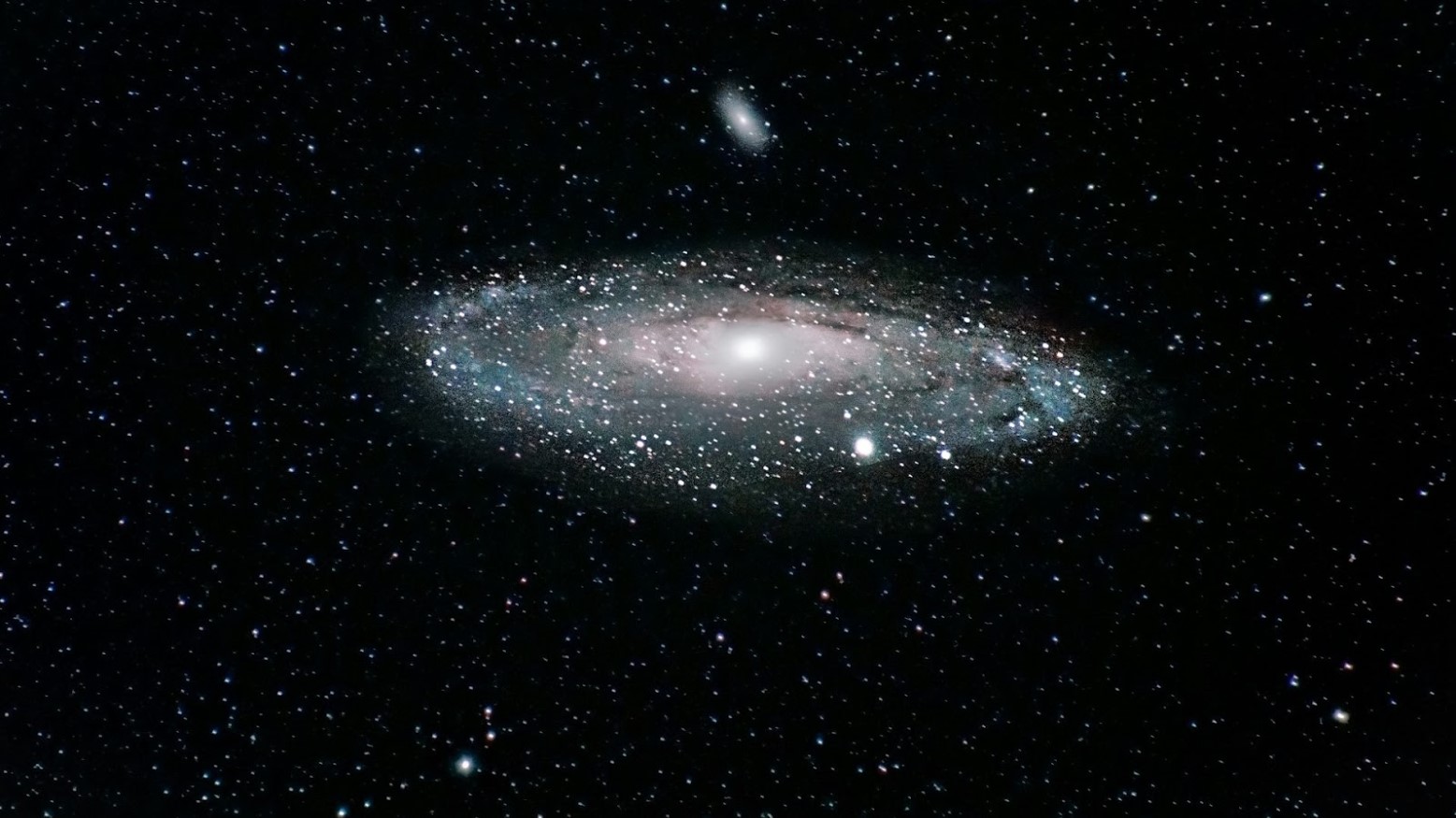
Searching for Dyson spheres basically works on the premise that these structures would absorb the heat from the star they surrounded. The sphere would heat up and to avoid melting would eventually need to emit a large amount of infrared radiation into space. It’s this radiation that scientists are looking for.
Those searching for Dyson spheres look for spikes in these infrared wavelengths known as infrared excess emissions (IEEs) when looking at the electromagnetic spectra of distant stars. Such technological signatures, along with radio waves, artificial light, and greenhouse gasses, are potential signatures of alien life.
What Scientists Have Found So Far
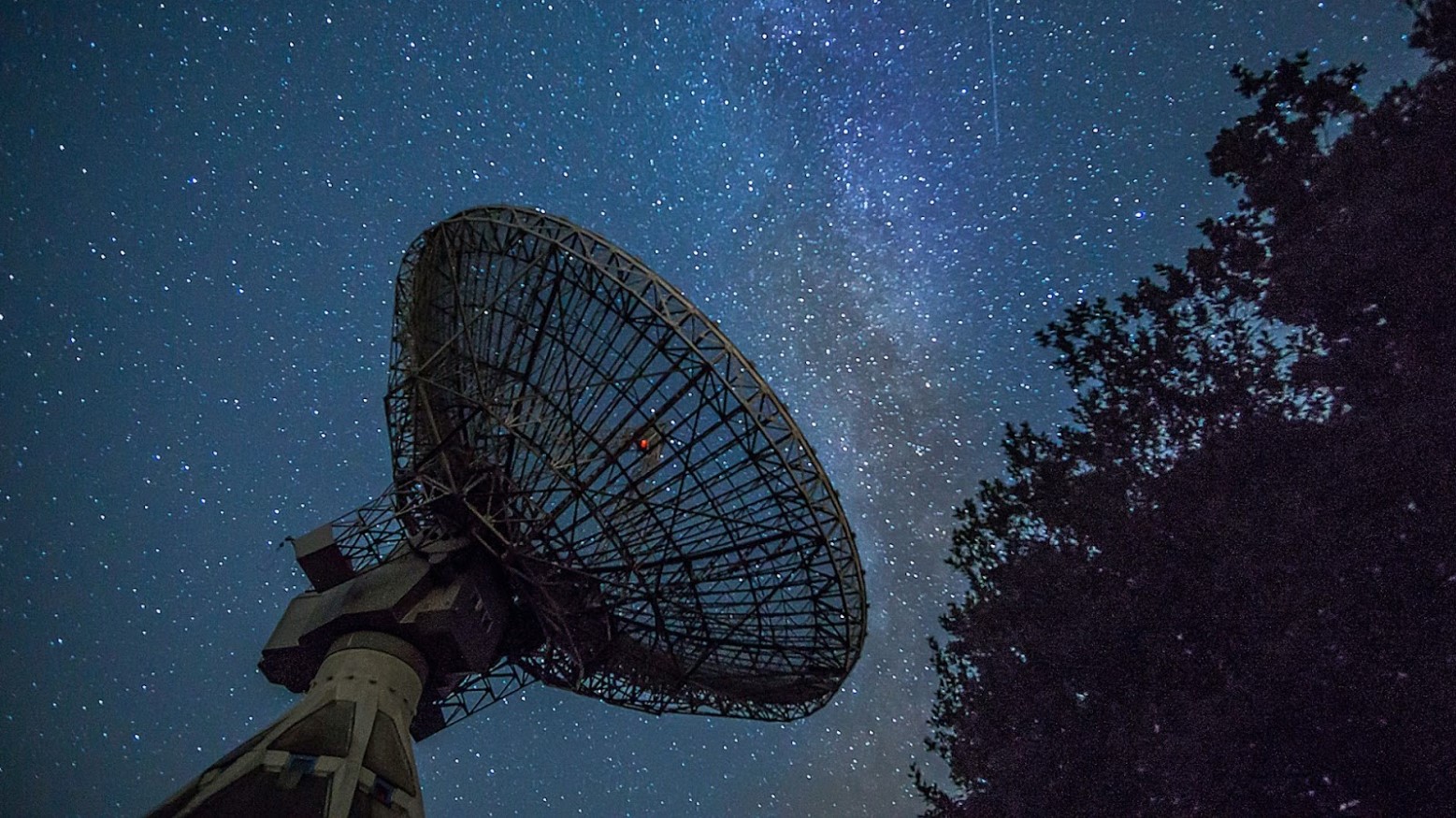
In a study published in the journal Monthly Notices of the Royal Astronomical Society, researchers used a computer program to look for IEEs from more than 5 million stars in our galaxy that have been surveyed by NASA and other space agencies.
Incredibly, this computer program identified seven stars as strong candidates for the presence of Dyson spheres. This is not the only study to find potential IEEs. A similar study uploaded to the pre-print server arXiv identified 53 stars as potential sources of IEEs and, therefore, potential Dyson sphere sites.
These May Be False Positives
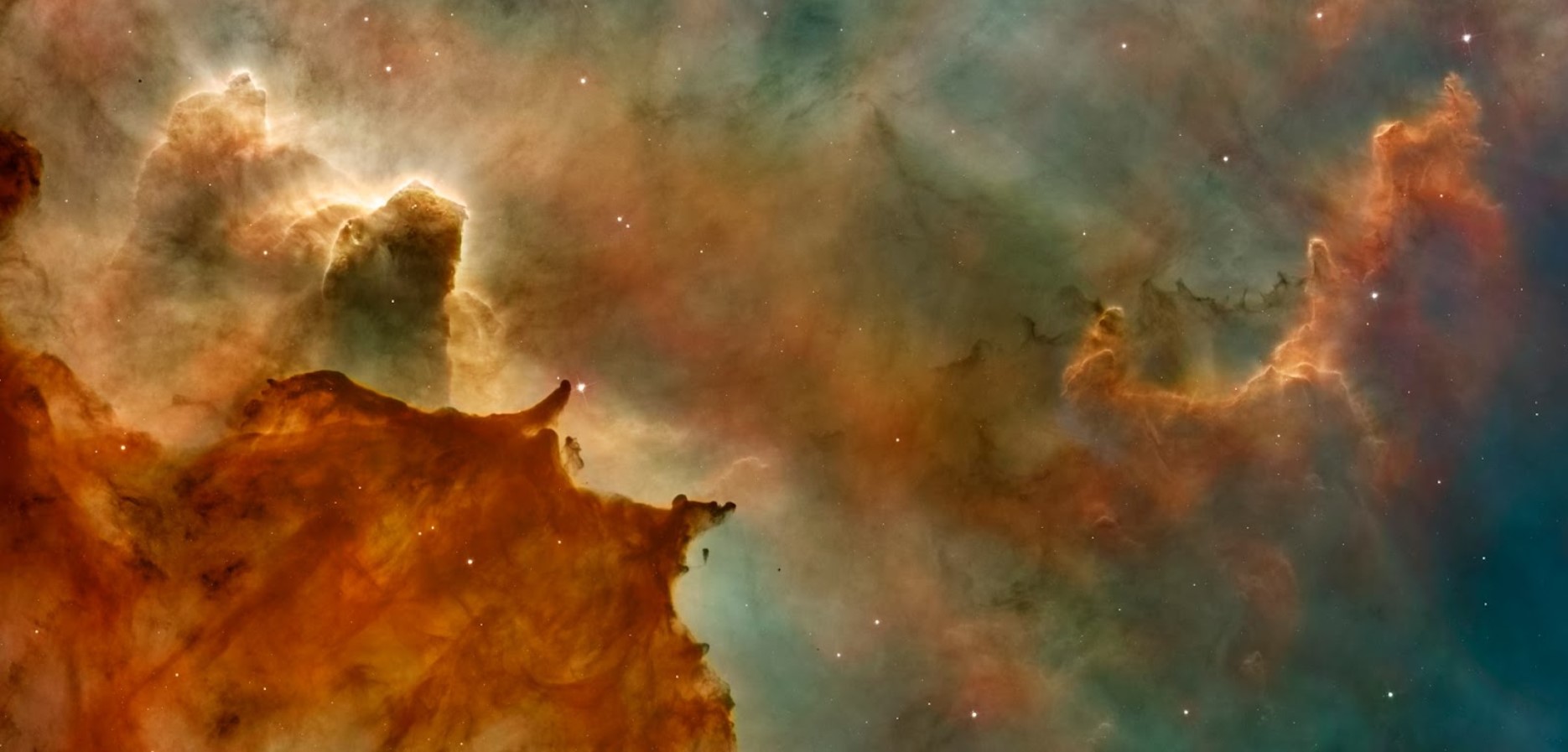
In both of these studies, the researchers did all they could to account for factors like nebulas surrounding distant stars that might produce false-positive IEE results.
But it’s impossible to rule out other explanations for these IEEs. Discs of extreme debris around stars would also get superheated and send out infrared radiation. So just because scientists have found IEEs, that doesn’t mean they’ve definitely found Dyson spheres.
What the Presence of a Dyson Sphere Might Mean

Scientists use sources of unexpected, unexplained radiation in space as an indicator of alien life. The basic idea is that the source of this radiation is artificial, coming not from a natural phenomenon, but from the activity of an alien civilization.
Any civilization capable of constructing a Dyson sphere would be massively advanced — far beyond our own technical capabilities. If a civilization out there was capable of constructing such a huge megastructure in space, then we have to start asking questions like: Are they capable of traveling the stars? Are these aliens who could potentially make contact with us?
Missing Matter
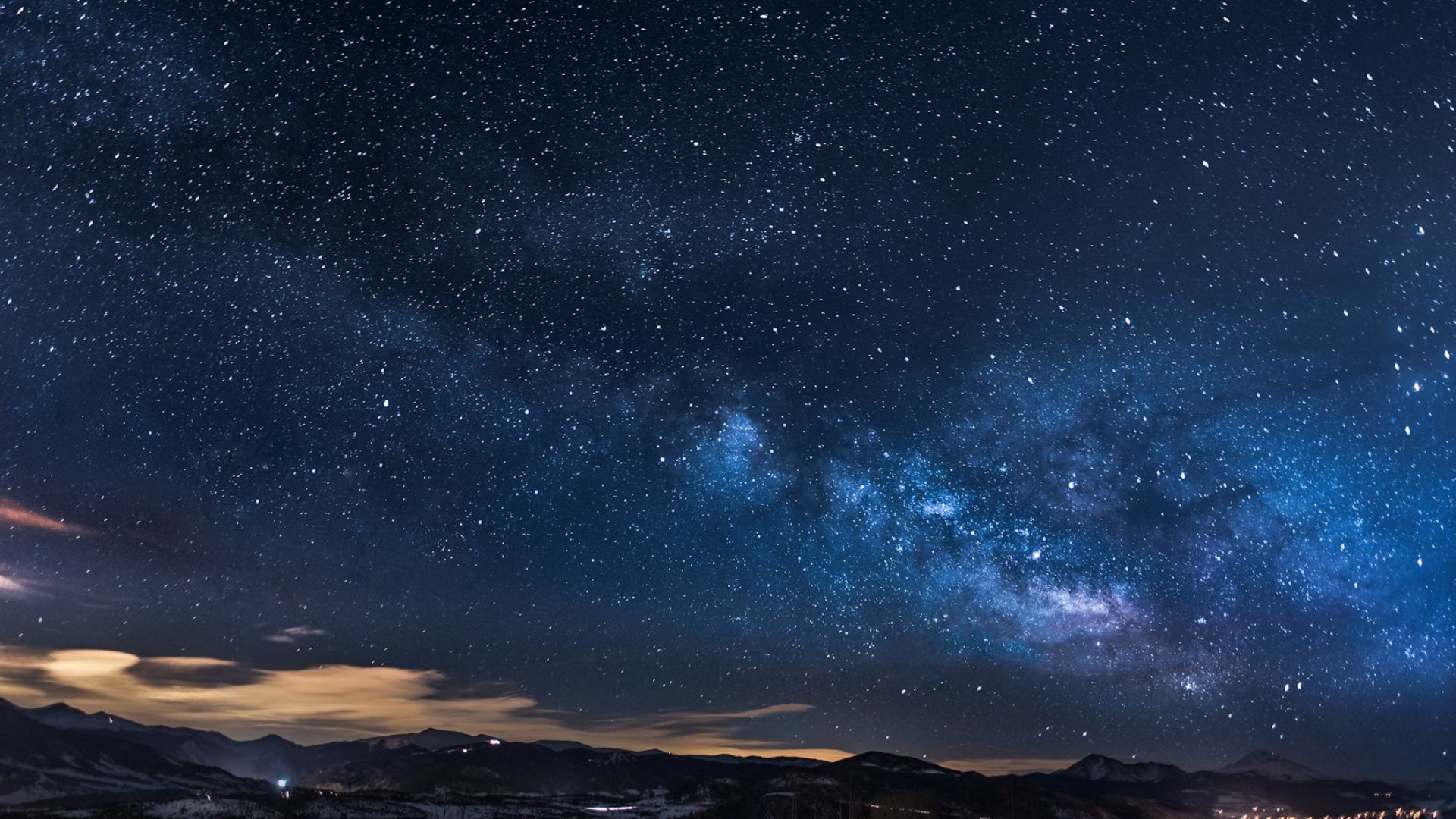
Building on the paper, some have speculated as to whether these Dyson spheres might account for the missing matter in our universe.
Missing matter is, in essence, the stuff in the universe that we have not found yet that accounts for the mass that that we need to explain the movements of galaxies under the laws of gravity. Missing matter takes the form of dark matter and more regular materials like hydrogen or helium.
What Is The Likelihood That Dyson Spheres Are Missing Matter?
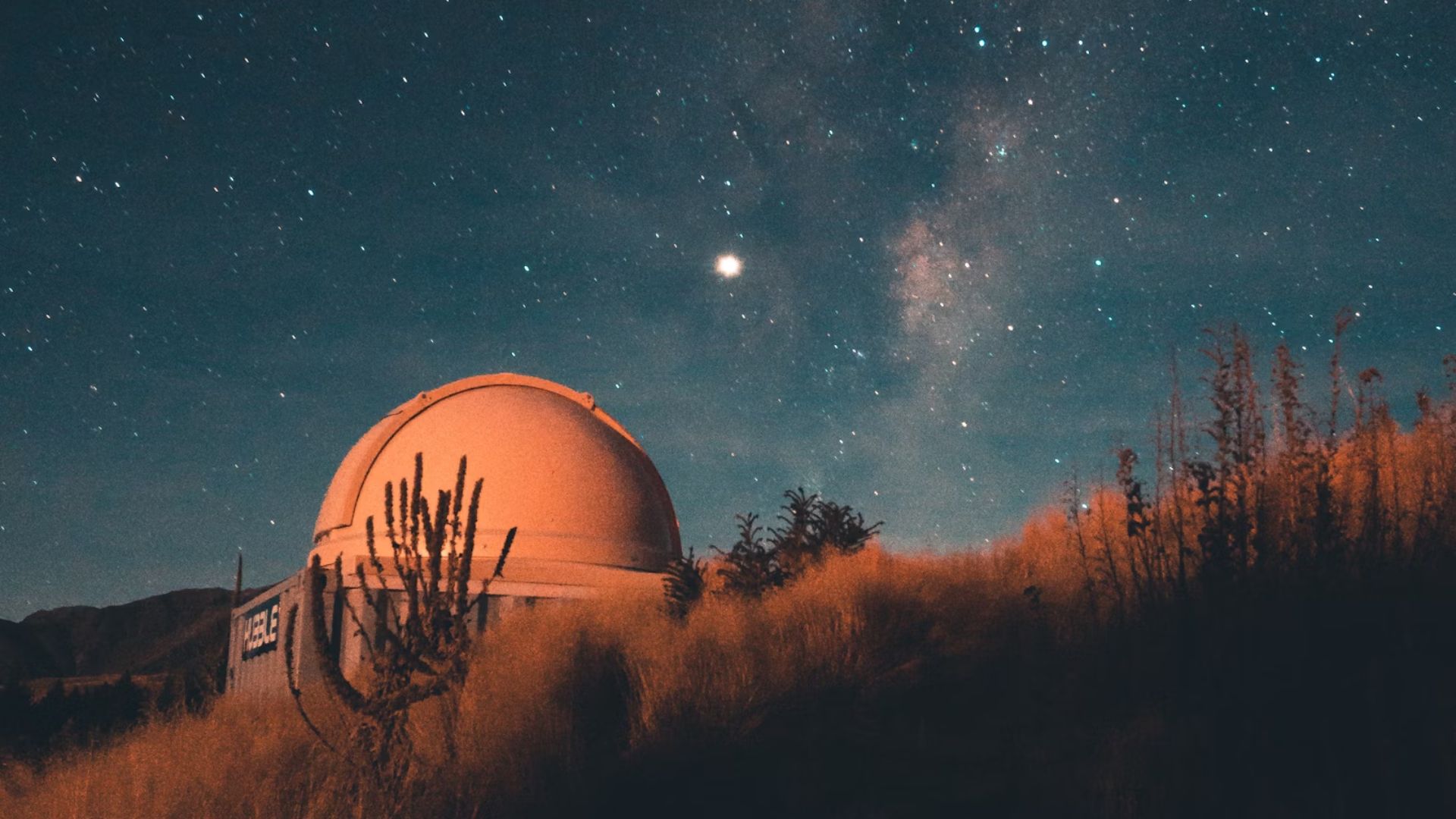
Could these potential Dyson spheres make up for some of the missing matter that we have not been able to find thus far?
According to IFL Science, it does not seem likely. Given that the material would need to come from somewhere for a Dyson sphere to work, it is hard to imagine that an advanced civilization would scoop up matter and solidify it.
Dyson Spheres Would Need a Different Form to Work
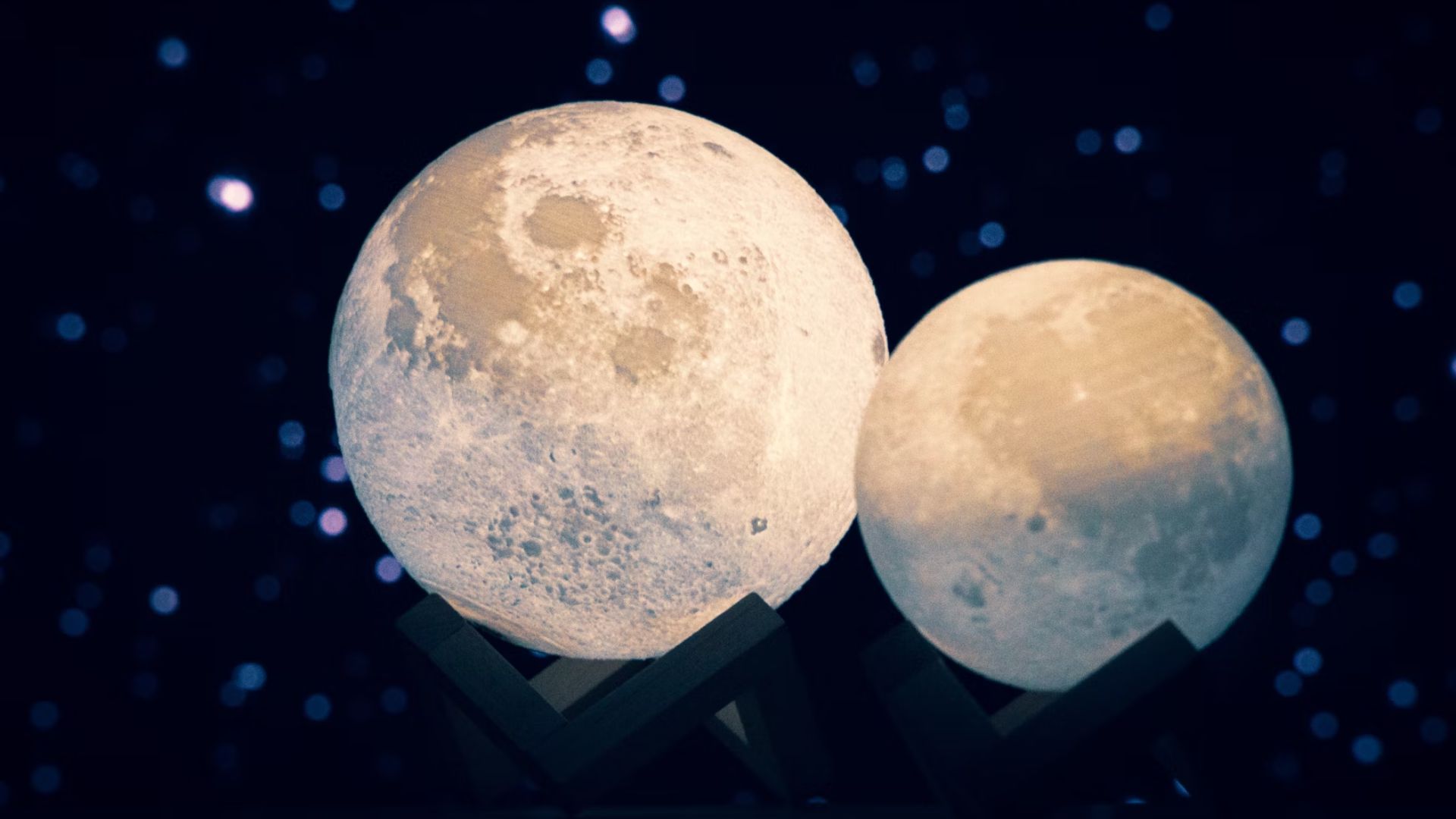
In order for Dyson spheres to work on a practical level, Dyson spheres may not be spheres at all. Because of the amount of solid material in the Solar System, any completely encircling sphere would have to be extremely thin.
This sphere would be thin to the point of being gravitationally unstable and the only way to stop it from collapsing would be by using huge amounts of energy. This makes the entire idea a net loss.
Next Steps in the Hunt for Dyson Spheres

The next step for researchers is to look at these Dyson sphere candidate stars in more detail.
Scientists will look to use powerful instruments to try and take more accurate readings from the seven stars they identified as giving out IEEs. By using these tools on these specific stars, scientists will look for other potential signs of intelligent alien life in these star systems.
Could Humanity Ever Construct a Dyson Sphere?
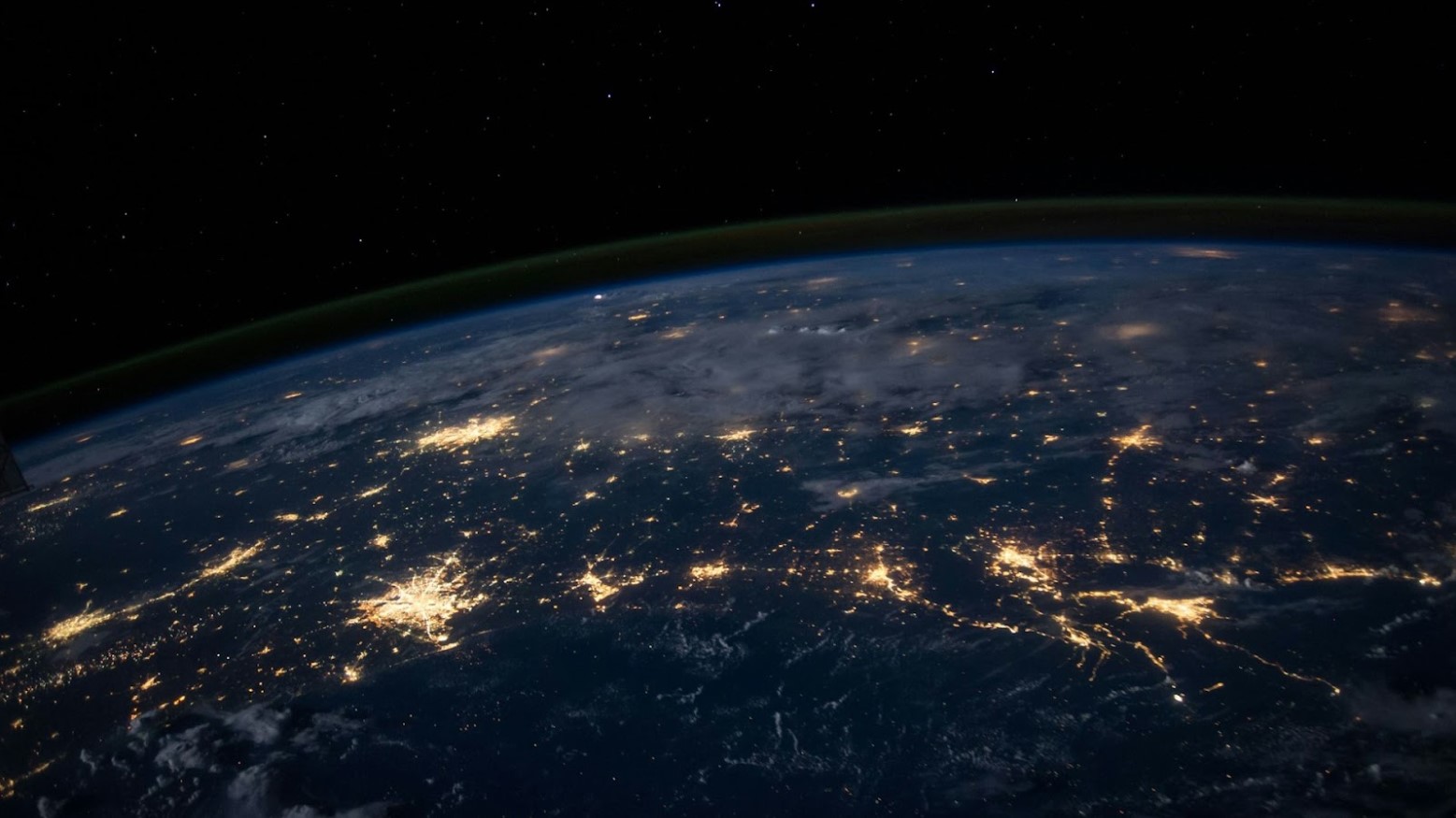
The technology to construct a Dyson sphere is currently far beyond us. It would also be impossible to construct a Dyson sphere like the one seen in that episode of Star Trek around our own sun; a sphere of that size in our solar system would extend almost as far as the orbit of Venus.
But it’s conceivable that scientists might look at ways of capturing greater amounts of solar energy in space. Humanity’s needs for energy are only growing, and the sun is a massive potential power source. However, only a tiny fraction of this power makes it to the Earth’s surface. If we covered the Earth in solar panels, we wouldn’t even capture a tenth of a billionth of the solar energy our sun produces.
Dyson Spheres: Science Fact or Science Fiction?

The Dyson sphere as we picture it, a huge shell completely encompassing a star, is probably science fiction. Constructing such a huge structure seems an almost impossible undertaking.
But this gigantic closed sphere isn’t what Dyson originally envisaged when he spoke about the potential for harnessing the power of a star. His idea of some form of habitable megastructure close to a star remains something that, though still almost inconceivable practically, has enough “science fact” to it to keep it in the minds of physicists.
The Scientific Community Is Divided
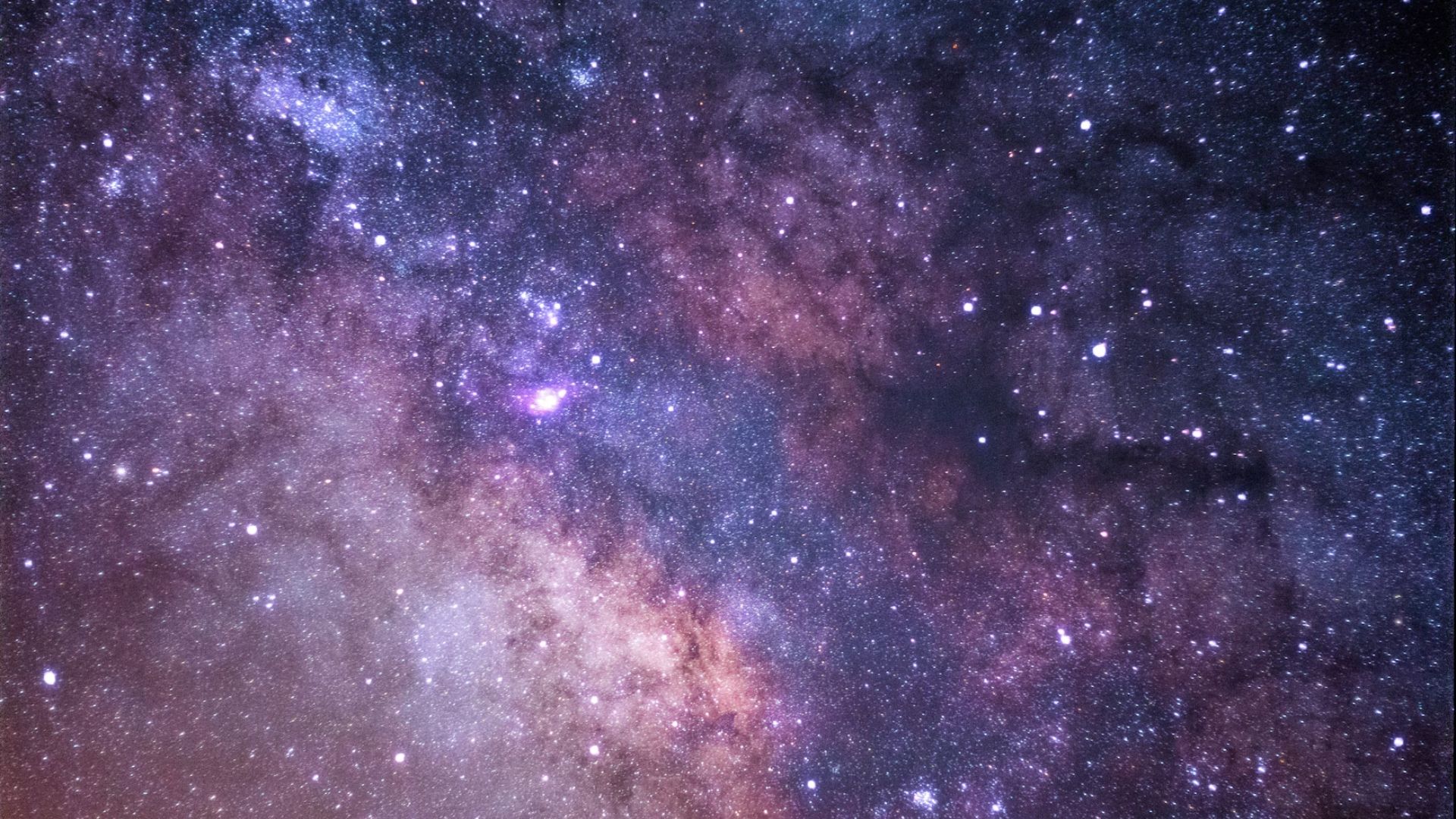
Given the abstract nature of this field of research, not all scientists think alike on the matter.
Barnard College’s theoretical cosmologist, Dr. Janna Levin, has inferred that the heat signatures could be explained by factors like planetary collisions. Other suggestions from Dr. Levin include a young star with material spinning around it in a disk or a distant galaxy behind some of the stars could be the reason behind the heat.
Dyson Spheres Or Swarms?
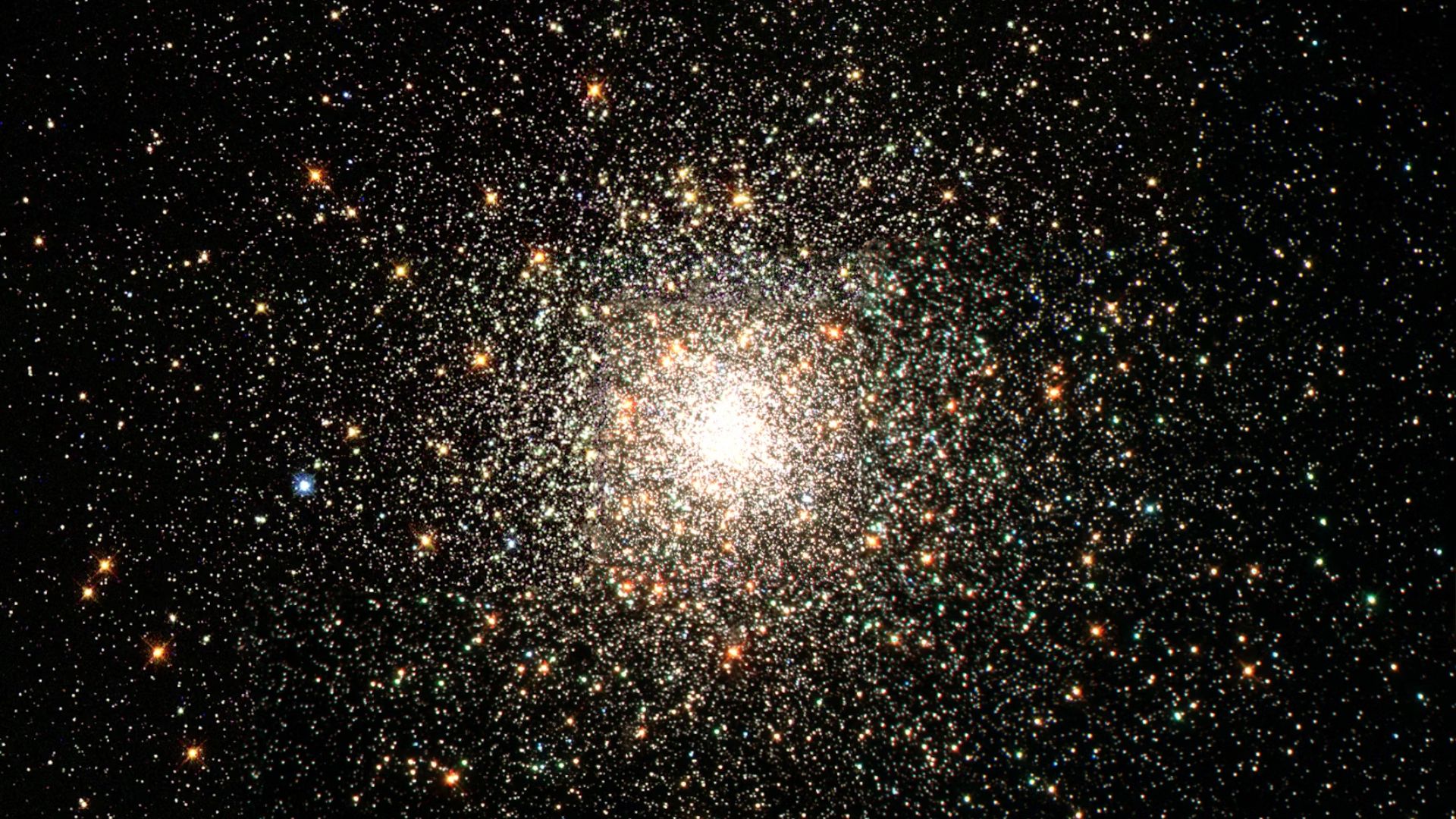
Dr. Levin’s doubts about Dyson spheres did not end there. She believes that these supposed Dyson spheres take on a new form.
“Dyson spheres are more likely to be Dyson swarms – a vast collection of solar-energy collecting satellites, each on independent orbits around the sun. Heat signatures are so generic in nature that it’s far from a smoking gun and there are many possible natural explanations,” Levin told Salon.
Others Are Also Skeptical

Dr. Levin is not the only one who remains unconvinced that these seven stars hold alien megastructures.
Astrophysicist and science writer, Dr. Ethan Siegel, said that stars may emit large amounts of energy, but the temperature they radiate at is determined by the size of the star’s surface area from which the energy is emitted. Dr. Siegel is also skeptical about the Dyson spheres.
Siegel Is Not The Only One
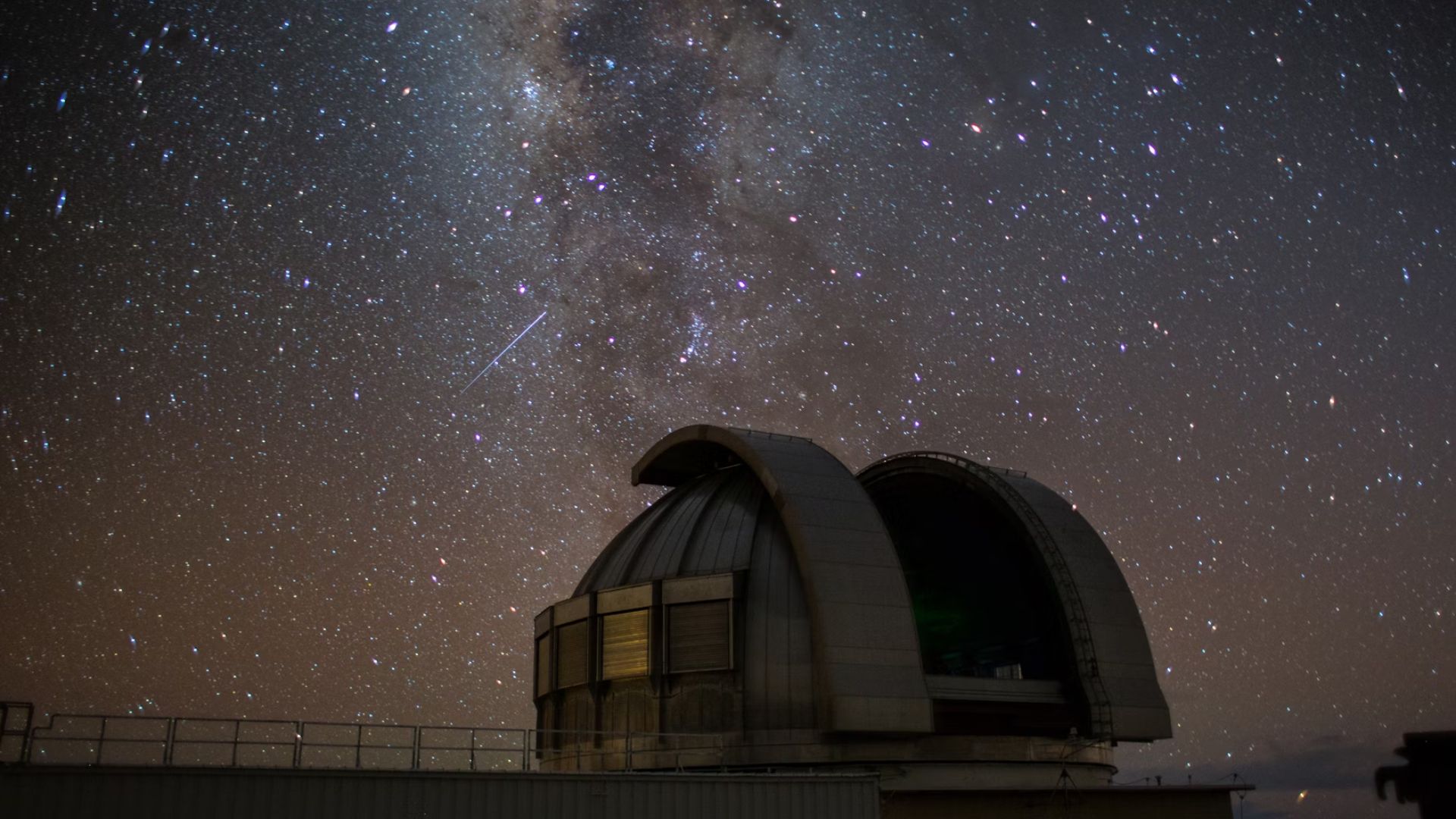
Along with Levin and Siegel, other experts have not been won over by this paper.
Dr. Erik Zackrisson, associate astronomy professor at Uppsala University, is not only sceptical of the existence of Dyson spheres, but also that the existence would prove that there is intelligent extraterrestrial life. He shared the view of Siegel that the most fantastical outcome is seldom the most likely. Most of the time, it is a rather mundane field.
These Stars May Not Be A Breakthrough

Dr. Zackrisson said: “these objects are very unlikely to be Dyson spheres. Some of them have already been argued to be due to chance alignments with background sources. Such cases are astrophysically uninteresting.”
However, he also said that he hopes these stars are confirmed to have intrinsic infrared excess fluxes, even if it “boils down to extreme astrophysics rather than aliens”.
Hot DOGS in Space
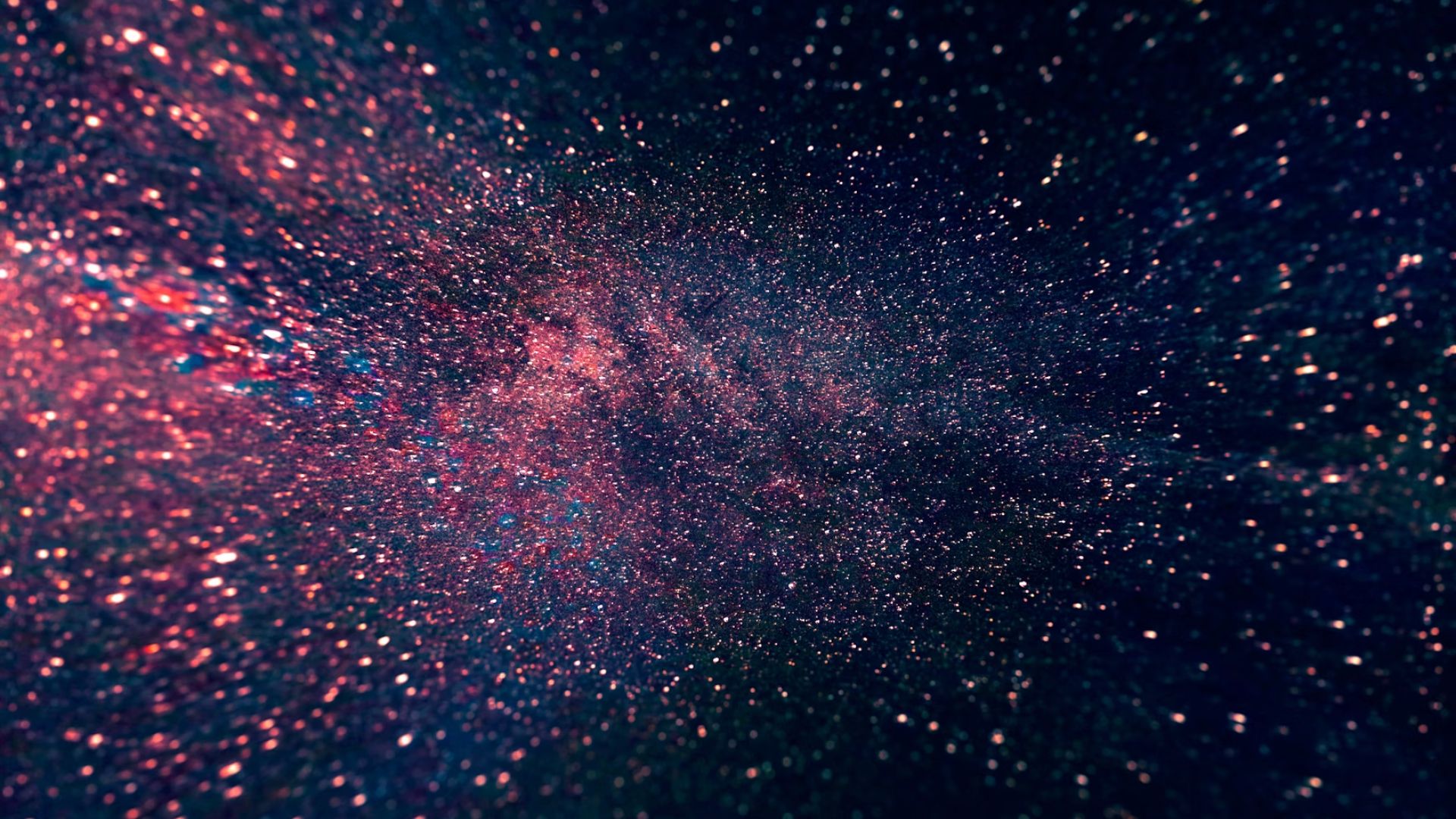
While the idea of the Dyson spheres and alien life would be groundbreaking, the scientists found that these seven stars are more like to be hot dust-obscured galaxies – or hot DOGs.
A more recent study has shown that at least three of the seven stars in question are hot DOGs which are enormous thickets of dust. The key information here is that warm dust is particularly adept at emitting infrared radiation.
What Would It Mean If They Are Hot DOGS?
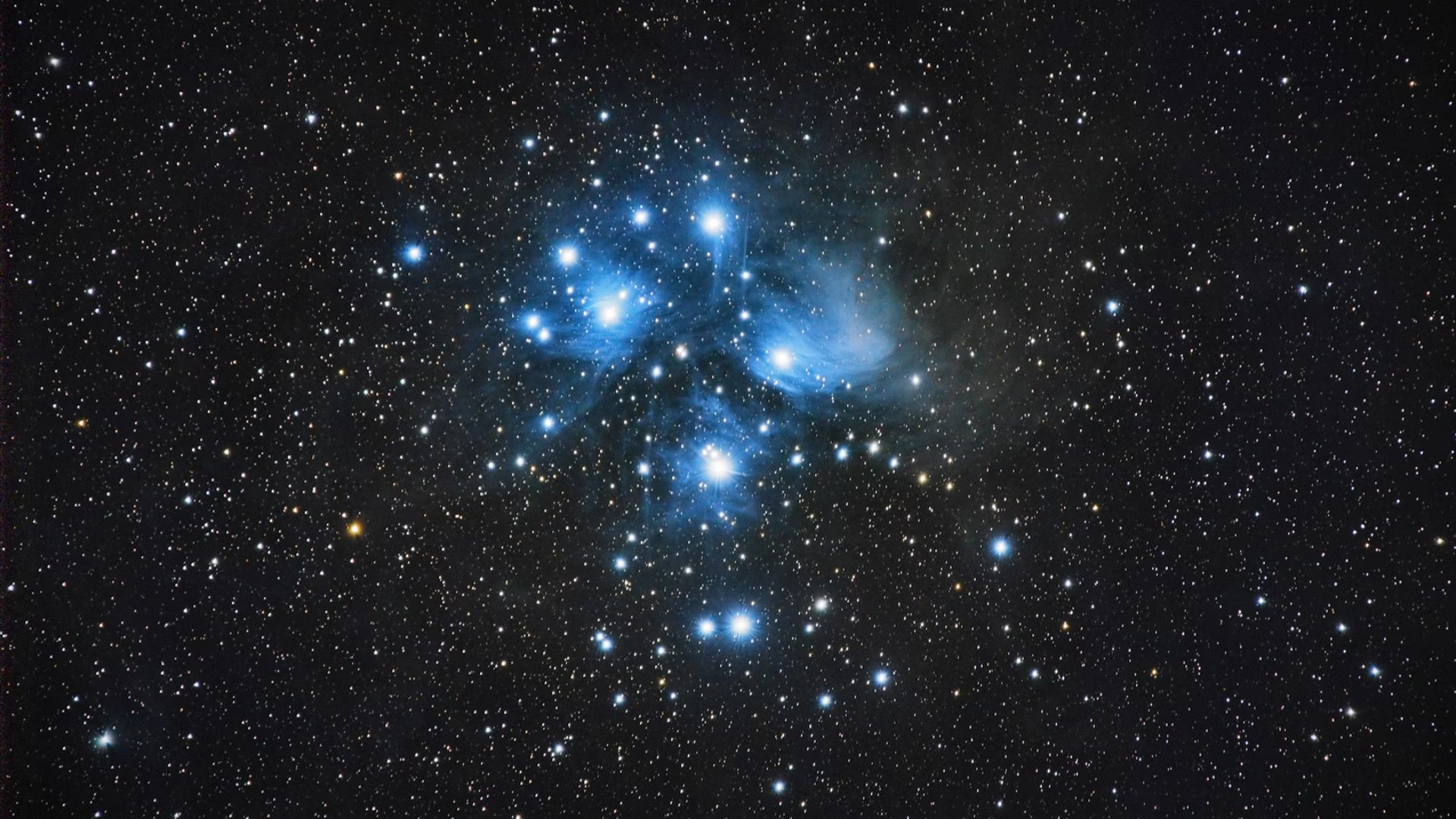
Suppose that the heat signatures surrounding at least three of these seven stars are actually hot DOGS, what does that mean for the case for Dyson spheres?
It means that the unusually high amount of infrared radiation emitted from these stars are just because they are surrounded by warm dust, as opposed to an extraterrestrial megastructure that collects solar energy.
A Problem In The Field of Astrophysics
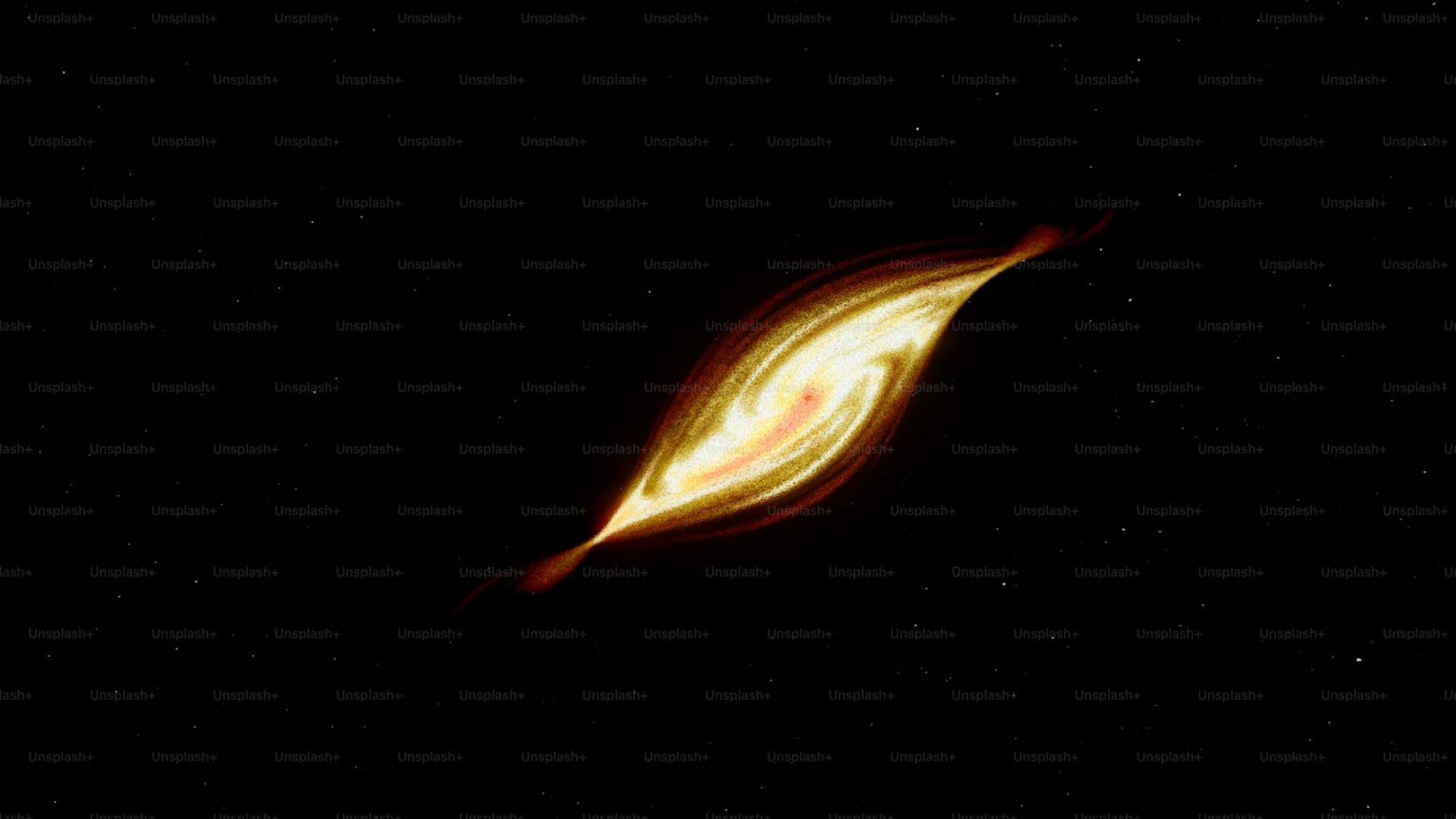
Dr. Siegel alluded to a tendency in the field of astrophysics research to chase after more sensational explanations behind natural phenomena.
“Alternatively, it could just be normal old astrophysics at play, with no aliens, no megastructures, no Dyson spheres, and nothing exotic. When you have an extraordinary explanation for the same observed phenomenon, you really need more evidence to favor the former explanation over the latter one, and we don’t have that.”
This Paper Still Has Value Either Way

It is unclear whether this paper proves that Dyson spheres surround stars or proves the existence of intelligent extraterrestrial life, but the paper still has value.
Levin said: “Is someone looking at us wondering if they’ve found signatures of intelligent life? Fascinating. However, we’ve not been at this space industry for very long and so an alien civilization observing at us would have to be very nearby, within 50 light years.”
The Future of the Dyson Sphere

The Dyson sphere will probably remain one of the more popular theoretical ideas in science media because it seems so basically plausible. We already use solar panels to harness the power of the sun, so gigantic devices doing a similar thing in space feel like a natural evolution of where we are now.
While it’s unlikely that we could ever construct a Dyson sphere in our solar system, the idea is likely to remain in the popular science consciousness as we continue to search for extraterrestrial life. A key part of this search is to look for unexplained radiation emissions. Every time we detect such an emission near a star, someone is going to think of the Dyson sphere.

